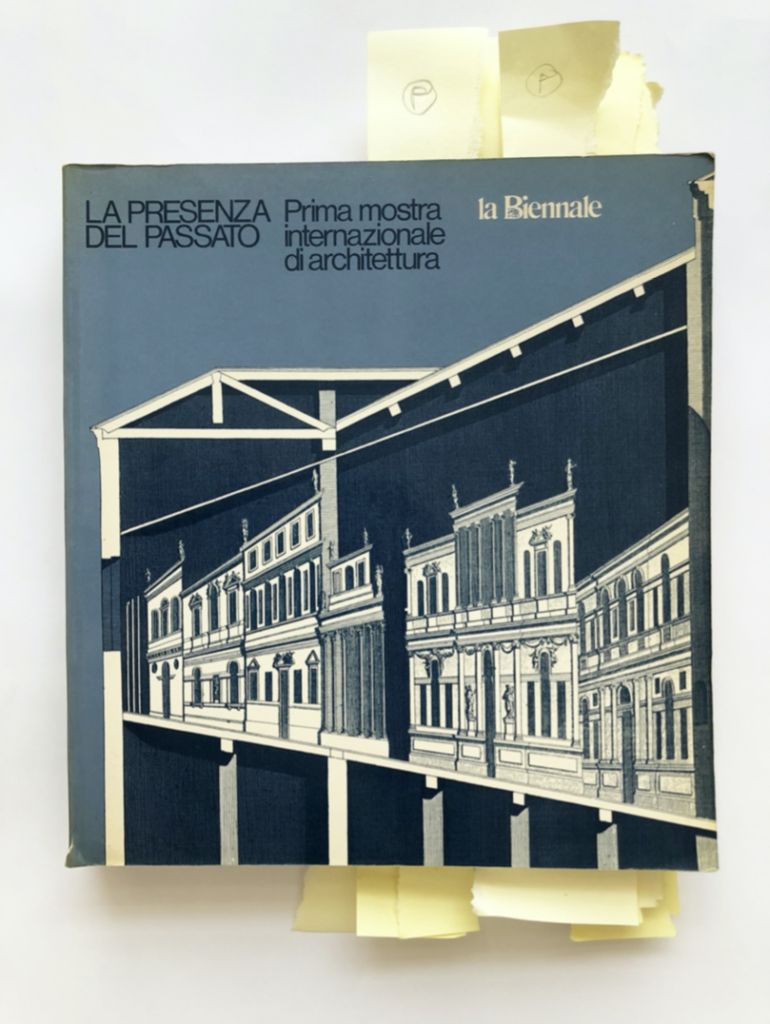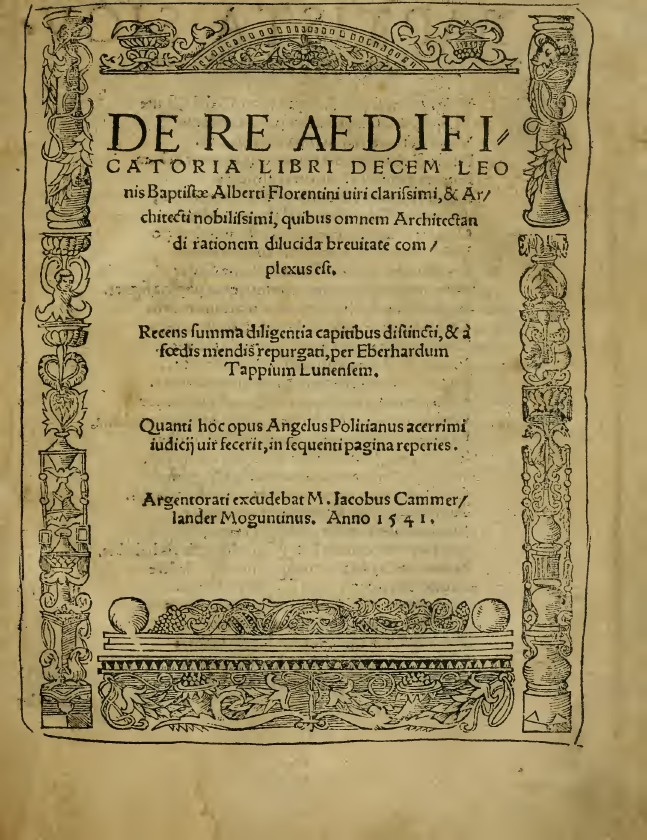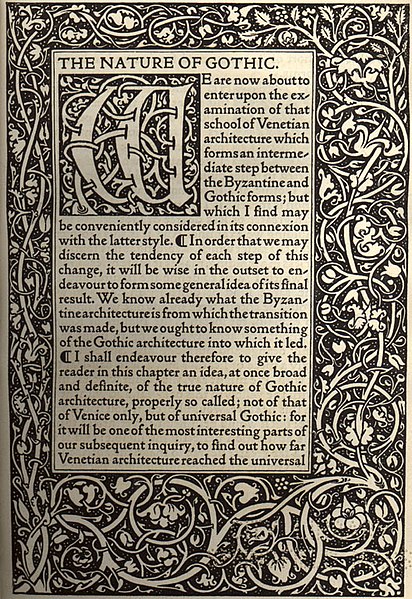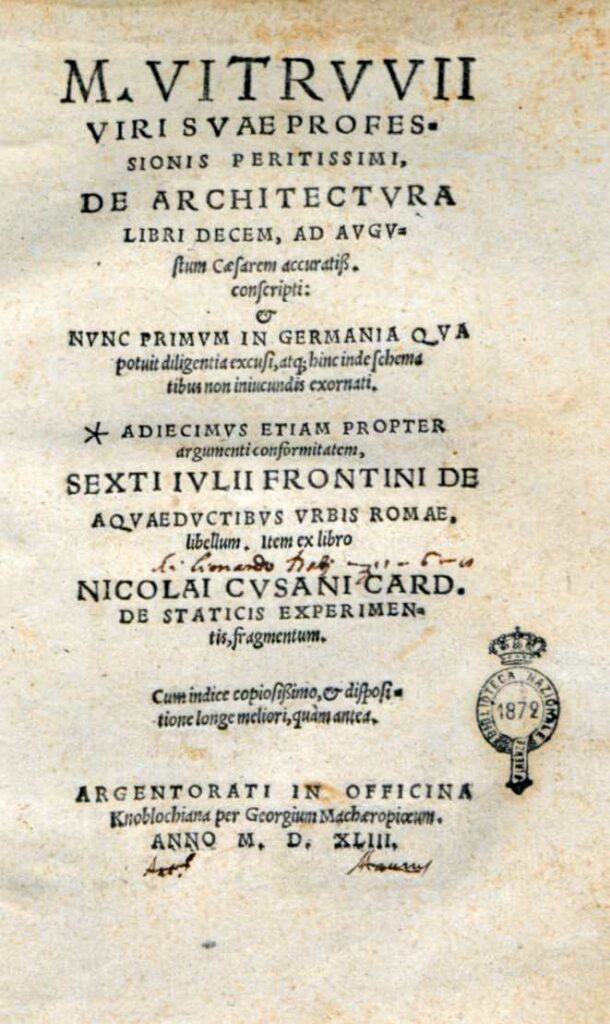Open Access Publication
Paper
Scale in passing: Re-calibrating narrowness through spatial interventions
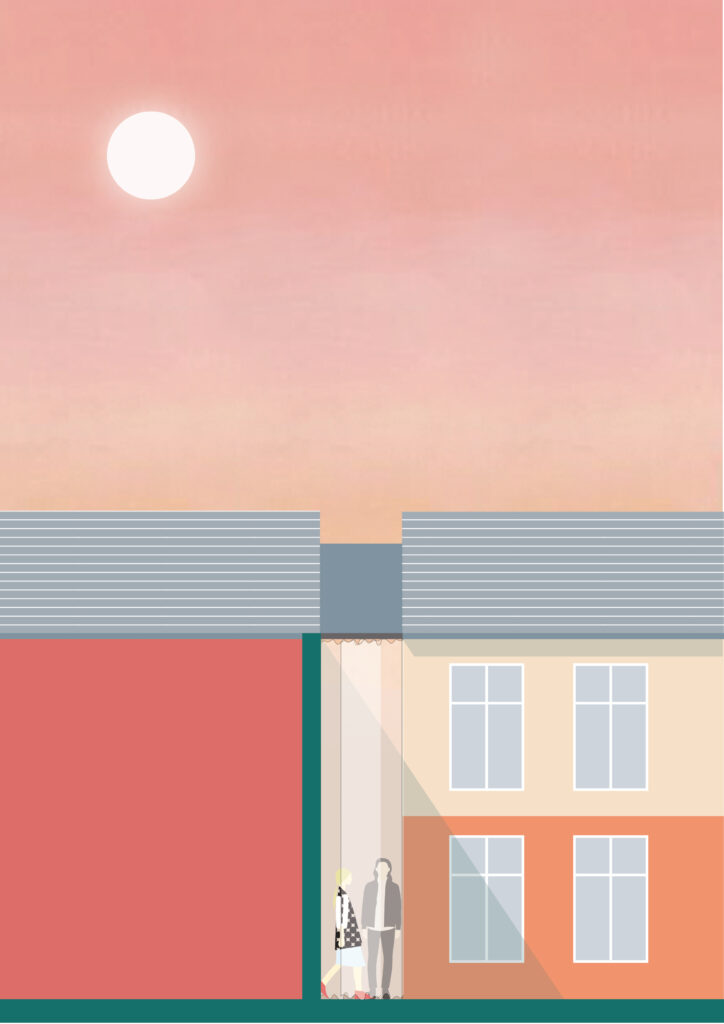
Fig. 1: Elevation of the project proposal., © Mara Trübenbach
ABSTRACT
Reflecting on the art installation Motion of Scales, which was temporarily
installed in the city centre of Kolding, Denmark, as a part of the NORDES 2021 conference, this article explores the interrelation between body, material and its performative potential. Analysing the design process through description and observation of how it was experienced and interacted with by urban public, the design-led research aims to interrogate subjectivity, emotion and embodied knowledge in academic research and its methods. How could movement within scale open up new perspectives? Does material hold a potential to reveal new modes of thinking in design research? How and to what extent could emotion contribute to design practices?
Mara Trübenbach
Marianna Czwojdrak
Open Access Publication
Paper
January 23, 2023
View
Scale in passing: Re-calibrating narrowness through spatial interventions
Mara Trübenbach
Marianna Czwojdrak

Fig. 1: Elevation of the project proposal., © Mara Trübenbach

Fig. 2: Installation., © Mara Trübenbach

Fig. 8: Top view of the installation., © Mara Trübenbach
ABSTRACT
Reflecting on the art installation Motion of Scales, which was temporarily
installed in the city centre of Kolding, Denmark, as a part of the NORDES 2021 conference, this article explores the interrelation between body, material and its performative potential. Analysing the design process through description and observation of how it was experienced and interacted with by urban public, the design-led research aims to interrogate subjectivity, emotion and embodied knowledge in academic research and its methods. How could movement within scale open up new perspectives? Does material hold a potential to reveal new modes of thinking in design research? How and to what extent could emotion contribute to design practices?














